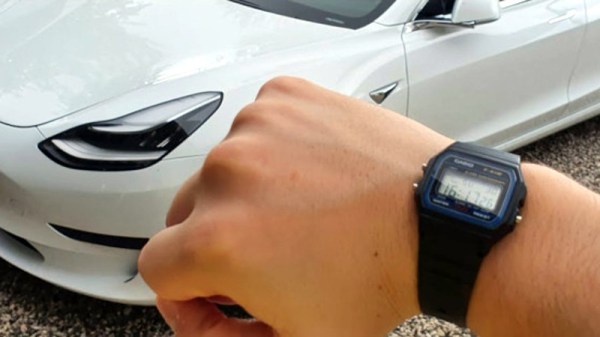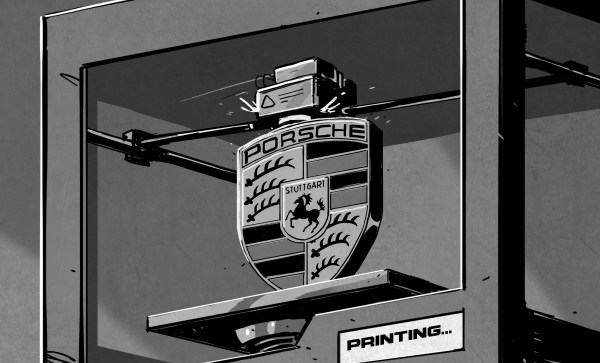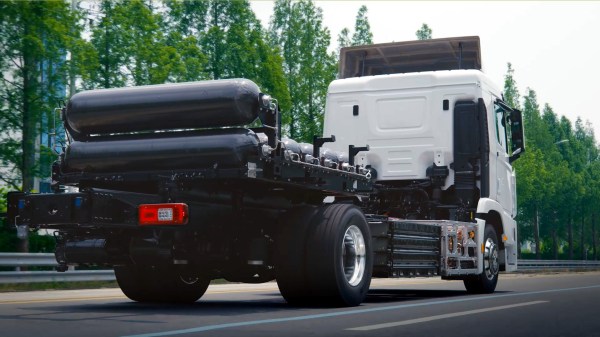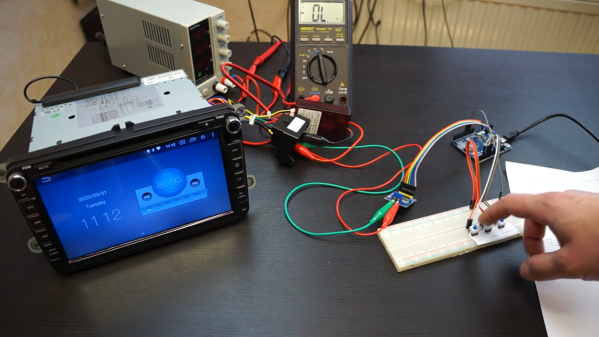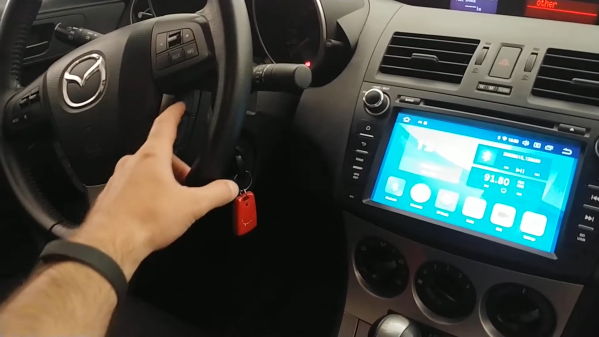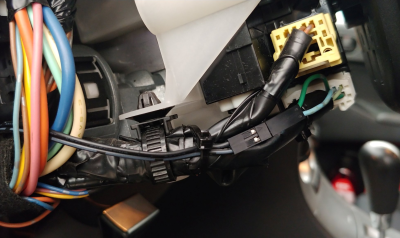The whole point of gaining the remote unlock ability for our cars was to keep us from suffering the indignity of standing there in the rain, working a key into the lock while the groceries get soaked. [Mattia Dal Ben] reports that even Teslas get the blues and don’t unlock reliably all the time, in spite of the price tag.
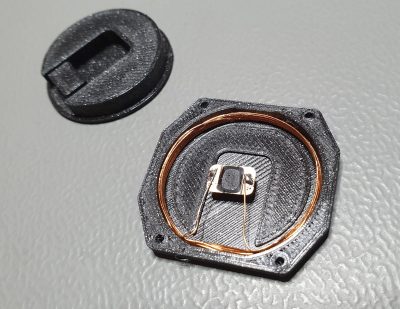 [Mattia] decided that a spare key card might be good to have around, and that building it into his Casio F-91W watch would put the key as close at hand as it could be without getting an implant.
[Mattia] decided that a spare key card might be good to have around, and that building it into his Casio F-91W watch would put the key as close at hand as it could be without getting an implant.
After programming a new J3A040-CL key card to match the car, getting the chip out was the easy part — just soak it in acetone until you can peel the layers apart. Then [Mattia] built a fresh antenna for it and wound it around the inside of a 3D printed back plate.
The hardest part seems to be the tuning the watch antenna to the resonant frequency expected by the car-side antenna. [Mattia] found that a lot of things mess with the resonant frequency — the watch PCB, casing, and even the tiny screws holding the thing together each threw it off a little bit.
Since the watch is less comfortable now, [Mattia] thought about making a new back from transparent resin, which sounds lovely to us. It looks as though the new plan is to move it to the front of the watch, with a resin window to show off the chip. That sounds pretty good, too. Check out the secret unlocking power after the break.
Casio watches are great, though we are more into the calculator models. Someone out there loves their F-91W so much that they made a giant wall clock version.
Continue reading “See This Casio? Watch It Unlock My Tesla!”

